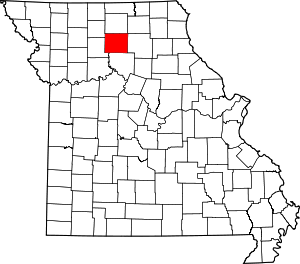 Image via Wikipedia
Image via Wikipedia
By Tim McDaniel, Conservation Agent
Hunting is a much safer sport than most people realize. More people
are killed playing team sports such as football each year than in
firearms-related hunting accidents. There is, however, another type
of hunting accident to think about. Falls from tree stands account
for more injuries than any other type of recorded hunting accident.
A university study done a few years ago found that one third of all
hunters who hunt from tree stands will fall at some time. Injuries from
these falls can range from bruises to broken bones and even death.
To decrease your chances of an injury please follow some simple
rules for tree stand safety.
1. Always wear a safety harness. The newer full body harnesses
with fall arrest systems have proven to be the most effective. Most
important is to set the length of your tether so that if you do fall you
will not go below the level of the stand.
2. Remember that most falls occur when climbing into or out of the
stand. Wear a climbing harness and use extra caution during these times.
3. Check your stands. Many people think that permanent stands are safer because they are usually
larger and nailed to the tree. Remember though that as the tree grows nails can be forced loose and
animals will sometimes chew on the wood. Check all stands before season and replace any chewed or
rotted boards. Refasten any loose boards. With hang on stands check the
bolts to be sure that the nuts have not loosened. Make sure that straps are
secure and not rotted and that buckles have not rusted. Replace straps on
a regular schedule. I have found that few straps last more than two years.
4. Use a pull rope. Never climb into a stand while carrying a bow or gun.
Climb into the stand, attach your safety harness, and then use a pull rope
to bring up your unloaded bow or gun.
5. Take your time when you hang stands. Mistakes happen when you
rush. A loose strap or unlocked buckle can end your hunt in an instant.
6. Carry a cell phone with you in a buttoned pocket so it will be accessible
if you fall and need to call for help.
7. Leave a record. If you do fall, your injuries may prevent you from
walking out. Let someone know where you will be and when you will
return. This could prevent you from spending a cold night lying on the
 Image via Wikipedia
Image via Wikipedia




























